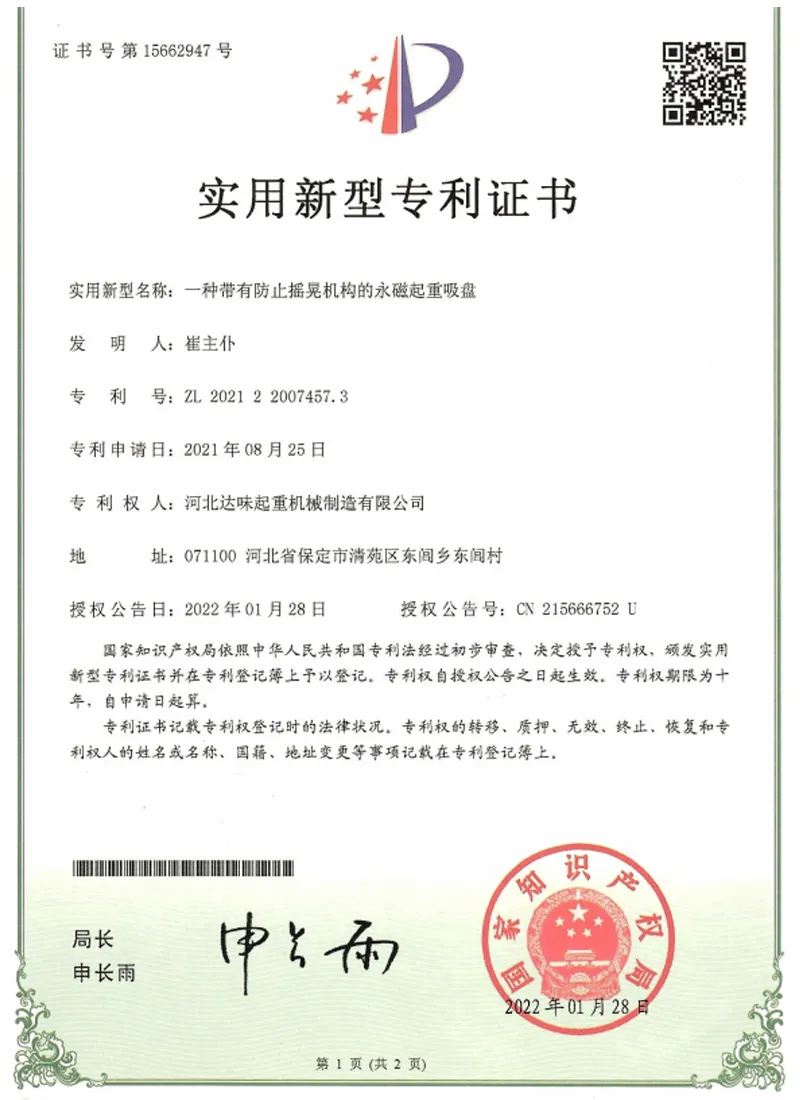Transporting Large Industrial Equipment Safely and Efficiently
Moving Heavy Machinery Strategies and Considerations
Moving heavy machinery is a significant endeavor that demands careful planning, expertise, and the right equipment. Industries ranging from construction to manufacturing often require the relocation of large and cumbersome equipment, and the process can be fraught with challenges. This article discusses the essential strategies and considerations involved in moving heavy machinery safely and efficiently.
Planning and Preparation
Effective planning is crucial before moving any heavy machinery. This process begins with an assessment of the equipment to be moved. Detailed specifications, including weight, dimensions, and any special handling requirements, should be gathered. Understanding these aspects helps in selecting the appropriate transport methods and equipment.
Next, a site survey must be conducted to evaluate both the current location of the machinery and the destination site. Considerations include the terrain, access routes, and potential obstacles such as overhead power lines, narrow roads, or unstable ground. This survey will guide the choice of equipment and strategy for the move.
Choosing the Right Equipment
The selection of equipment plays a vital role in the effective movement of heavy machinery. Depending on the weight and size of the equipment, options may include flatbed trailers, lowboys, or specialized heavy-haul trucks. Additionally, cranes or forklifts may be necessary for lifting and maneuvering machines both at the origin and destination.
Safety is paramount when choosing equipment. All machinery and transportation vehicles must be well-maintained and capable of handling the required loads. Utilizing the wrong equipment can lead to accidents, equipment damage, or delays, which can be costly.
Engaging Professionals
moving heavy machinery

Given the complexities involved in moving heavy machinery, hiring professionals can be a wise investment. Experienced rigging companies specialize in the transportation of heavy equipment and come equipped with the necessary tools, knowledge, and experience to ensure a safe move. They can provide insights during the planning phase, assist with permits and legal requirements, and oversee the entire relocation process.
Hiring professionals also reduces the risk of injury to personnel. They understand the safety protocols necessary when handling heavy loads and can employ tactics to mitigate risks associated with machinery transportation.
Safety Protocols
Safety should be at the forefront of any machinery move. Several protocols must be established and followed to protect both personnel and equipment. This includes wearing appropriate personal protective equipment (PPE), conducting pre-move meetings to brief everyone involved, and ensuring that all individuals are aware of their roles during the move.
Using safety barriers and signage can help deter unauthorized personnel from entering the work area during the move, ensuring that the operation proceeds smoothly and without distractions. Additionally, performing a risk assessment before the move can pinpoint potential hazards and allow for the establishment of strategies to address them.
Communication
Clear communication is vital throughout the entire process of moving heavy machinery. Regular updates among team members ensure that everyone is aligned and aware of any changes that may arise during the operation. Establishing a clear line of communication with the driver, rigging crew, and site coordinators can help address any unforeseen circumstances quickly and effectively.
Conclusion
In conclusion, moving heavy machinery requires meticulous planning, the right equipment, professional expertise, and a commitment to safety. By following these strategies and considerations, businesses can effectively navigate the complexities of machinery relocation, minimizing risk and ensuring a successful operation. With a focus on preparation and communication, the challenges associated with moving heavy machinery can be managed efficiently, allowing industries to maintain productivity and meet project timelines.
-
Unlock Seamless Relocation with Our Heavy Equipment Moving ExpertiseNewsJun.06,2025
-
Unleash Unrivaled Flexibility with Our Adjustable Gantry CraneNewsJun.06,2025
-
Unleash Heavy-Duty Efficiency with Our Industrial Gantry Crane SolutionsNewsJun.06,2025
-
Revolutionize Steel Handling with Our Magnetic Lifter RangeNewsJun.06,2025
-
Master Equipment Mobility with Premium Machinery Mover SolutionsNewsJun.06,2025
-
Elevate Your Material Handling with Magnetic Lifter TechnologyNewsJun.06,2025
-
YS Permanent Lifting Magnets: The Smarter Way to Handle SteelNewsMay.22,2025
